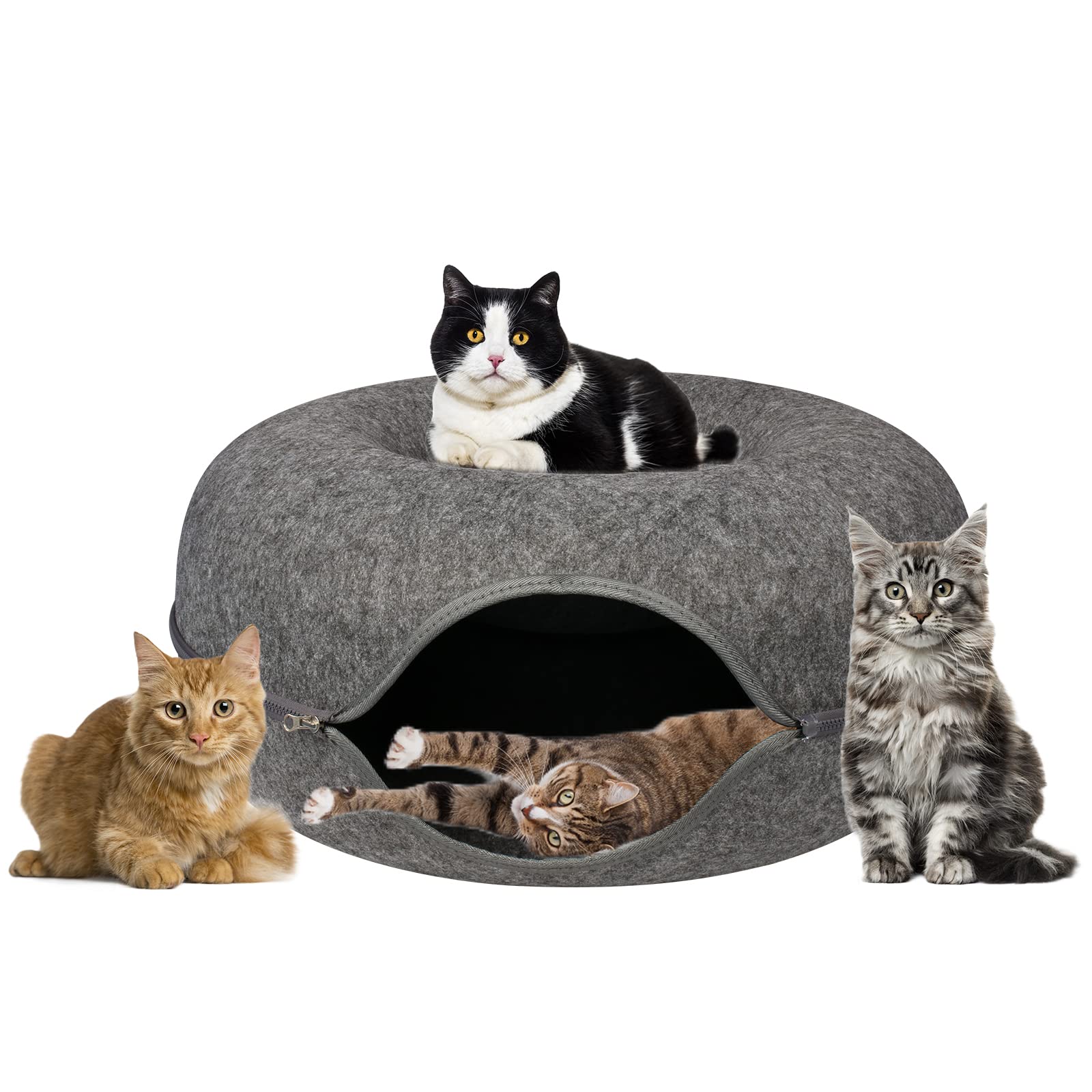Comparing Light Gauge Steel Costs in Karachi vs Lahore
The construction industry in Pakistan is evolving rapidly, with light gauge steel (LGS) emerging as a modern, sustainable, and cost-effective building material. In cities like Karachi and Lahore, where population growth, urbanization, and housing demand continue to rise, builders and property owners are increasingly turning to light gauge steel structures for residential, commercial, and industrial projects. However, the cost of light gauge steel varies between these two major cities due to regional market dynamics, supply chains, and construction trends.
Understanding the differences in light gauge steel costs in Karachi vs Lahore is crucial for contractors, developers, and homeowners planning their projects. Whether you are looking at affordability, long-term durability, or sustainability, evaluating cost factors helps you make smarter financial and construction decisions.
This article takes a deep dive into the comparison of light gauge steel costs between Karachi and Lahore, exploring the reasons behind pricing differences, the factors affecting overall construction expenses, and practical advice on choosing the right solution for your project.
What is Light Gauge Steel and Why It Matters
Light gauge steel refers to thin sheets of cold-formed galvanized steel that are shaped into structural components like studs, joists, and frames. Unlike traditional steel beams, light gauge steel is lighter, easier to transport, and highly adaptable for both small- and large-scale projects.
Its growing popularity in Pakistan is attributed to several key benefits:
- Strength and durability – LGS structures can withstand high loads and adverse weather conditions.
- Speed of construction – Prefabricated components reduce construction timelines significantly.
- Sustainability – Steel is recyclable, making it an eco-friendly alternative to concrete or wood.
- Cost-effectiveness – While initial costs may vary, long-term savings on maintenance and durability often balance the investment.
For builders in Karachi and Lahore, the importance of evaluating costs lies in how these benefits translate into real-world affordability, especially when compared to traditional building materials.
Light Gauge Steel Costs in Karachi
Karachi, being Pakistan’s largest metropolitan and industrial hub, has a unique construction market.
- Supply Chain Advantages
Karachi’s proximity to seaports and steel manufacturing facilities ensures that light gauge steel is readily available. Imports also reach Karachi first, often giving it a price advantage in terms of supply chain logistics. - Pricing Trends
On average, light gauge steel costs in Karachi range between PKR 280 – 330 per kilogram, depending on the grade, supplier, and project scale. Bulk purchases for high-rise or commercial projects often attract better pricing. - Construction Demand
High demand for commercial and residential projects in areas like DHA, Clifton, and Bahria Town Karachi drives both supply and competition among suppliers. This competition can keep prices competitive, though fluctuations in international steel markets may affect costs. - Labor and Expertise
Karachi has a larger pool of contractors and laborers skilled in light gauge steel installation. This availability reduces overall project delays and indirectly influences cost efficiency.
Light Gauge Steel Costs in Lahore
Lahore, the cultural heart of Pakistan, has also witnessed a surge in modern construction trends, though its cost dynamics differ from Karachi.
- Supply and Distribution Challenges
Lahore relies more on steel transported from Karachi and local mills. Transportation and logistics add extra costs to the final price of light gauge steel. - Pricing Trends
In Lahore, light gauge steel typically ranges between PKR 300 – 350 per kilogram, slightly higher than Karachi. Prices can spike further during peak construction seasons when demand is at its highest. - Construction Demand
With rapid urbanization in areas like DHA Lahore, Bahria Town Lahore, and new housing societies along Ring Road, demand for light gauge steel is increasing. However, fewer specialized suppliers compared to Karachi sometimes result in higher markups. - Labor Expertise
While Lahore has skilled contractors, the number of specialists in LGS construction is still smaller compared to Karachi. This may occasionally increase labor costs due to demand-supply imbalances.
Comparison Table: Karachi vs Lahore Light Gauge Steel Costs
| Factor | Karachi | Lahore |
| Average Price per kg | PKR 280 – 330 | PKR 300 – 350 |
| Supply Chain | Strong (proximity to port & imports) | Relies on imports from Karachi + local mills |
| Labor Availability | High, with more trained workforce | Moderate, fewer specialists in LGS |
| Demand Hotspots | DHA Karachi, Clifton, Bahria Town | DHA Lahore, Bahria Town, Ring Road zones |
| Seasonal Price Fluctuations | Mild, due to larger supply base | Higher, demand spikes raise costs |
Analysis of the Table
From the table, it is evident that Karachi enjoys a slight cost advantage due to its port access, abundant suppliers, and more skilled workforce. In contrast, Lahore faces additional transportation and labor specialization challenges, making light gauge steel generally more expensive. While the difference per kilogram may seem small (about PKR 20 – 30), in large-scale projects involving tons of steel, the overall cost impact is significant. For example, a 100-ton project could cost PKR 2–3 million more in Lahore compared to Karachi.
Factors Affecting Cost Differences
- Transportation Costs – Shipping steel from Karachi to Lahore increases final pricing for end users in Punjab.
- Local Demand Patterns – Karachi’s constant commercial activity balances supply and demand, while Lahore’s seasonal peaks cause temporary price hikes.
- Supplier Networks – Karachi’s diverse supplier base leads to competitive pricing, whereas Lahore has fewer large-scale LGS distributors.
- Skilled Workforce – More expertise in Karachi leads to smoother, faster installations, lowering indirect project costs.
- Market Volatility – International steel price changes impact both cities, but Karachi absorbs fluctuations better due to wider supplier options.
Practical Tips for Choosing Between Karachi and Lahore
- Bulk Purchases – If your project is in Lahore, consider bulk orders directly from Karachi suppliers to minimize extra costs.
- Evaluate Total Costs, Not Just Per-Kg Price – Factor in labor, transportation, and project timelines when budgeting.
- Partner with Specialized Contractors – In Lahore, choose contractors experienced in light gauge steel to reduce delays and errors.
- Time Your Purchases – Avoid peak construction seasons to lock in better prices in Lahore.
- Long-Term Savings – Even if initial costs are higher in Lahore, light gauge steel still offers long-term savings compared to conventional materials.
Frequently Asked Questions (FAQs)
1. Why is light gauge steel cheaper in Karachi than in Lahore?
Karachi has direct access to imported steel via its ports and a higher concentration of suppliers, leading to more competitive pricing. Lahore, on the other hand, adds logistics and transportation costs, making prices slightly higher.
2. Is it worth buying light gauge steel from Karachi for a project in Lahore?
Yes, for large projects, sourcing directly from Karachi suppliers can result in significant savings, even after factoring in transportation. However, ensure reliable logistics to avoid delays.
3. Does the quality of light gauge steel differ between Karachi and Lahore?
No, the quality is consistent as most suppliers use similar standards. The difference lies in pricing, logistics, and availability of specialized contractors.
4. How much can project costs differ due to city-based steel pricing?
For a mid-size project requiring 100 tons of light gauge steel, costs in Lahore may be PKR 2–3 million higher than in Karachi, mainly due to per-kilogram price differences and labor costs.
5. Is light gauge steel construction still more cost-effective than traditional concrete in both cities?
Yes, even with higher initial material costs in Lahore, light gauge steel offers faster project timelines, reduced labor needs, and long-term durability, making it more economical compared to conventional concrete.
Conclusion
Light gauge steel has become a game-changer in Pakistan’s construction industry, offering strength, speed, and sustainability. However, costs vary significantly between Karachi and Lahore due to supply chain logistics, labor availability, and market dynamics. Karachi generally provides more affordable pricing and easier access to skilled contractors, while Lahore experiences slightly higher costs due to transportation and seasonal demand spikes.
For project owners and developers, the key is to evaluate total costs—including materials, labor, and logistics—rather than focusing solely on per-kilogram pricing. By planning purchases strategically and choosing reliable contractors, both Karachi and Lahore projects can fully benefit from the advantages of light gauge steel.
If you are considering light gauge steel construction, now is the time to assess your city’s cost dynamics and take informed steps toward building stronger, more sustainable structures for the future.


